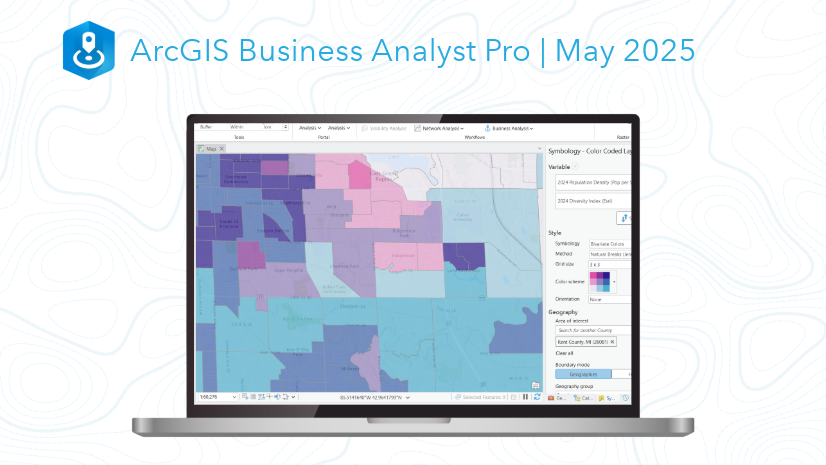What is Spatial Data?
August 22, 2022 2022-08-22 15:28What is Spatial Data?
What is Spatial Data?
If you’re a consistent reader of our blog posts, you might have come across the term “spatial/geospatial data” in most of our content. So, what is this spatial data?
Spatial data, or geospatial data is any piece of information that specifically refers to a particular geographic region or location. Geospatial data are details on things, occasions, or other features that have a location on or close to the earth’s surface. Geospatial data typically combines location information (usually coordinates on the earth) and attribute information (the characteristics of the object, event or phenomena concerned) with temporal information (the time or life span at which the location and attributes exist). Geospatial data typically combines large sets of spatial data gathered from numerous sources in a variety of form.
Types of spatial data
There are two types, raster, and vector formats.
- Vector data
Graphical representations of the real world are called vectors. Vector data primarily consists of three different types: points, lines, and polygons. The points aid in forming lines, and the enclosing lines or polygons are produced by the connecting lines. The generalization of features or items on a planet’s surface is frequently represented using vectors. Shapefiles, often known as.shp files, are typically used to store vector data.
2. Raster data
Information displayed in a grid or pixels is represented by raster. Raster data is pixelated or gridded cells which are identified according to row and column. Raster data creates imagery that’s substantially more complex, such as photographs and satellite images.
Examples of geospatial data
Geospatial data examples include:
- Attributes and vectors: Location-specific details, such as points, lines, and polygons
- A point cloud: A group of co-located charted points that can be retextured to create 3D models is known as a point cloud.
- Satellite and raster imagery: high-resolution aerial photographs of our planet
- Census data: released census information for the analysis of community patterns in specific geographic locations
- Data from mobile devices: Calls are forwarded by satellite based on GPS coordinates.
- Drawn images: CAD renderings of buildings or other structures that provide both architectural and geographic data
- Social media data: Posts on social media that data scientists can examine to spot new trends
- Meteorological data: Data consisting of physical parameters that are measured directly by instrumentation
Benefits of using spatial data in your organization
- Cautions in advance
Geospatial data can alert firms to impending changes that could have an impact on their business through data anomalies.
- Greater comprehension
Organizations can use geographic data to show why and how some analytics solutions are successful while others are not.
- Increased effectiveness
Organizations can increase the general effectiveness of business processes by utilizing the numerical accuracy offered by geographical data.
Esri Eastern Africa provides you with working GIS solutions, visit our online store https://ea-store.esri.com/en-ke/store/overview to purchase ArcGIS products.







